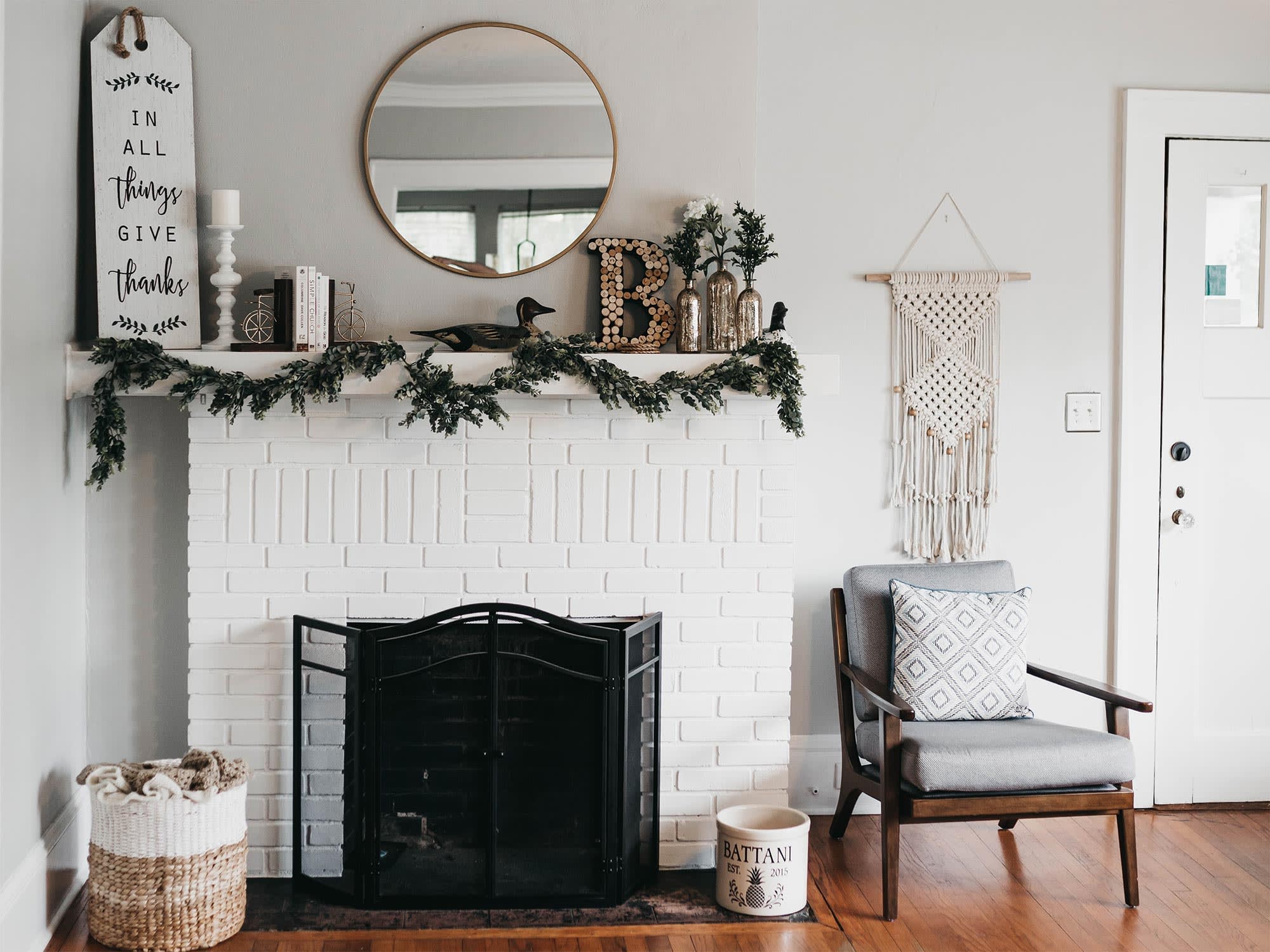

Articles
What Kind Of Paint To Use On Brick Fireplace
Modified: April 22, 2024
Discover the best type of paint to use on your brick fireplace with our informative articles. Transform your space and achieve a stunning new look.
(Many of the links in this article redirect to a specific reviewed product. Your purchase of these products through affiliate links helps to generate commission for Storables.com, at no extra cost. Learn more)
Introduction
Welcome to the world of fireplace transformations! If you are looking to give your brick fireplace a fresh and updated look, painting it can be a fantastic option. Not only does painting a brick fireplace provide a modern and stylish aesthetic, but it can also breathe new life into your living space. However, before you pick up that paintbrush, it’s essential to understand the process of painting a brick fireplace, including the right type of paint to use and the necessary preparation steps.
In this article, we will discuss everything you need to know about painting a brick fireplace. From understanding the brick surface to choosing the right paint type and applying it correctly, we’ve got you covered. So, let’s dive in!
Key Takeaways:
- Transform your brick fireplace with the right paint and preparation. Understand the surface, choose the right paint type, and follow proper application techniques for a stunning and durable finish.
- For high-temperature areas, select heat-resistant paint and follow proper application. Maintain your painted fireplace with regular cleaning, care, and annual touch-ups for long-lasting beauty.
Read more: What Type Of Paint For Brick Fireplace
Understanding the Brick Surface
Before you start painting your brick fireplace, it’s crucial to have a good understanding of the surface you’re working with. Brick is a porous material, which means it has tiny pores that can absorb moisture. This porosity can affect the adhesion and durability of the paint if not properly addressed.
Inspect the brick surface for any signs of damage, such as cracks, loose mortar, or efflorescence (white powdery substance). If you notice any of these issues, it’s important to address them before painting. Repair any damaged areas and clean the surface thoroughly to ensure the paint adheres properly.
It’s also important to note that if the brick has been previously painted or sealed, you may need to take additional steps to prepare the surface. The paint or sealant will need to be removed before applying a new coat of paint. This can be done through sanding, scraping, or using a chemical paint stripper.
Furthermore, consider the location of your brick fireplace. If it’s exposed to high heat, such as in a wood-burning fireplace, special considerations need to be taken into account. Ordinary paint may not withstand the extreme temperatures and can start to deteriorate or discolor over time. In such cases, you’ll need to choose a heat-resistant paint specifically designed for high-temperature areas.
Understanding the condition and characteristics of your brick surface is the key to achieving a successful paint job. It ensures that you are taking the necessary steps to prepare the surface appropriately and select the right type of paint for optimal results.
Choosing the Right Paint Type
When it comes to painting a brick fireplace, selecting the right type of paint is crucial for a long-lasting and beautiful finish. With a variety of options available, it’s essential to choose a paint that is both durable and suitable for the brick surface.
Firstly, it’s important to choose a paint that is specifically formulated for masonry or brick surfaces. These types of paints are designed to adhere to porous surfaces, provide excellent coverage, and withstand the test of time.
A popular choice for painting brick fireplaces is latex or acrylic paint. These types of paints offer several advantages, including a wide range of color options, ease of application, and quick drying time. Additionally, latex and acrylic paints are durable and able to withstand the occasional heat exposure that may occur near the fireplace.
If you’re looking to add a more rustic or textured look to your brick fireplace, you can opt for a limewash or whitewash product. These types of paints provide a beautiful, translucent finish that allows the texture of the brick to show through. Limewash and whitewash also have the added benefit of being breathable, allowing moisture to evaporate from the brick surface.
For brick fireplaces that are exposed to high heat, such as those used for wood-burning fires, it is essential to select a heat-resistant paint. Heat-resistant paints are specifically formulated to withstand extreme temperatures without cracking, peeling, or discoloring. These paints are usually labeled as “high-temperature” or “fireplace” paint and can withstand temperatures up to 500 degrees Fahrenheit.
Ultimately, the choice of paint type will depend on your desired aesthetic, the condition of the brick surface, and the level of heat exposure. Consulting with a paint professional or a knowledgeable salesperson at your local home improvement store can help you make an informed decision and choose the right paint type for your brick fireplace.
Preparing the Brick Fireplace
Preparing the brick fireplace is a crucial step that sets the foundation for a successful paint job. Proper preparation ensures that the paint adheres well to the brick surface and maximizes the longevity of the finish.
The first step in preparing your brick fireplace is to clean it thoroughly. Remove any loose dirt, dust, or debris using a stiff brush or vacuum cleaner with a brush attachment. You can also use a mild detergent mixed with water to remove any stubborn stains or grime. Make sure to rinse the surface thoroughly and allow it to dry completely before moving on to the next step.
If you have any efflorescence (white powdery substance) on your brick surface, it is essential to remove it. Efflorescence can interfere with the paint’s adhesion and appearance. Scrub the surface with a solution of vinegar and water or a commercial efflorescence cleaner, following the manufacturer’s instructions.
Next, inspect the mortar joints between the bricks. If you notice any loose or crumbling mortar, it’s crucial to repair it before painting. Use a mortar repair product to fill in any gaps and ensure a smooth and even surface.
Sanding the brick surface lightly can help improve the paint’s adhesion. Use a fine-grit sandpaper or a sanding block to gently roughen the surface. This step is particularly important if the brick has a glossy or sealed finish. Wipe away any dust or residue after sanding.
Finally, protect the surrounding area by covering the floor, furniture, and any other items near the fireplace. Use drop cloths, plastic sheets, or painter’s tape to ensure that no paint splatters or spills onto unintended surfaces.
By thoroughly cleaning and preparing the brick surface, you create an ideal canvas for painting. Taking the time to prepare the fireplace will ensure that your paint job is smooth, long-lasting, and visually appealing.
Priming the Brick Surface
Priming the brick surface is an essential step in the painting process that helps improve paint adhesion, coverage, and durability. Primer creates a smooth and uniform base, allowing the paint to adhere better and preventing it from being absorbed too quickly into the porous brick.
Before applying the primer, make sure the brick surface is clean and free of any dust or debris. Use a brush or vacuum cleaner to remove any loose particles. If there are any stubborn stains or residues, clean them with a mild detergent solution and rinse thoroughly.
Choose a high-quality masonry primer that is specifically formulated for use on brick surfaces. Look for a primer that is compatible with the type of paint you have chosen for your fireplace. Many primers are designed to work well with both latex/acrylic paints and heat-resistant paints.
Using a brush or roller, apply a thin and even coat of primer to the brick surface. Make sure to work the primer into the porous areas and mortar joints. Pay extra attention to any areas that have been repaired or patched. Allow the primer to dry completely according to the manufacturer’s instructions.
If you’re painting a previously painted brick fireplace, priming becomes even more important. The primer will help ensure proper adhesion between the old paint and the new paint. It also helps to create a smooth and consistent base for the topcoat.
Once the primer has dried, inspect the surface for any imperfections or areas that need additional priming. Touch up any missed spots or uneven areas before proceeding to the next step of applying the paint.
Priming the brick surface is a crucial step that sets the stage for a successful paint job. It enhances the durability and appearance of the paint by providing a solid foundation and promoting better adhesion. Don’t skip the priming process, as it will significantly improve the overall result of your painted brick fireplace.
When painting a brick fireplace, use a high-quality, latex paint specifically designed for masonry surfaces. Make sure to clean the brick thoroughly and use a primer before applying the paint for best results.
Read more: What Color To Paint A Brick Fireplace
Applying Paint on the Brick Fireplace
Now that you have prepared the brick surface and applied the primer, it’s time to apply the paint to your fireplace. Follow these steps to achieve a smooth and professional-looking finish:
- Stir the paint thoroughly before starting. This ensures that the color pigments are evenly distributed.
- Using a brush or roller, start applying the paint to the brick surface. For larger areas, a roller may be more efficient, while a brush can provide better control and reach for smaller or detailed areas.
- Work in small sections at a time, starting from the top and working your way down. This helps to prevent any drips or uneven coverage.
- Apply the paint in thin, even coats. Avoid applying too much paint in one go, as it can lead to drips and uneven drying.
- If you prefer a textured look, you can leave some of the brick texture to show through by applying the paint lightly or using a stippling technique with a brush.
- Pay extra attention to the mortar joints, ensuring they are well-coated with paint for a consistent finish.
- Allow the first coat of paint to dry completely before applying additional coats. Follow the manufacturer’s instructions for drying time.
- If necessary, apply a second or even third coat of paint for full coverage and a vibrant finish. Make sure each coat is thoroughly dried before proceeding.
- Keep an eye out for any drips or paint buildup as you go along. Smooth out any drips with a clean brush or roller, or use a damp cloth to wipe away excess paint.
- Once you have achieved the desired coverage and finish, allow the final coat of paint to dry fully before using the fireplace.
Remember to clean your brushes or rollers immediately after use, following the paint manufacturer’s instructions. Proper cleaning and maintenance of your painting tools will ensure their longevity and allow for easy reuse in the future.
By following these steps and taking your time during the painting process, you will achieve a beautifully painted brick fireplace that adds a touch of style and elegance to your living space.
Considerations for High-Temperature Areas
If you’re painting a brick fireplace that is exposed to high heat, such as a wood-burning fireplace, there are additional considerations you need to keep in mind. Ordinary paint may not withstand the extreme temperatures and can start to deteriorate or discolor over time. Therefore, it’s essential to choose a paint that is specifically designed for high-temperature areas.
Heat-resistant or fireplace paints are formulated to withstand temperatures up to 500 degrees Fahrenheit (260 degrees Celsius) or more. They are designed to resist fading, peeling, and cracking caused by the constant heat exposure. These paints are usually labeled as “high-temperature” or “fireplace” paint.
When selecting a heat-resistant paint, consider the color you want for your fireplace. Darker colors tend to absorb more heat than lighter colors, so if your fireplace gets extremely hot, it’s advisable to choose a lighter shade to minimize heat transfer to the paint’s surface.
Before applying the heat-resistant paint, it’s important to clean and prepare the brick surface as outlined earlier in the article. This ensures proper adhesion and longevity of the paint. Additionally, make sure to remove any existing paint or sealant that may interfere with the new coat of heat-resistant paint.
Similar to applying regular paint, you’ll need to follow the manufacturer’s instructions for applying heat-resistant paint. Apply thin, even coats, and allow each coat to dry fully before applying the next one. If necessary, apply multiple coats to achieve the desired coverage and durability.
Keep in mind that even with heat-resistant paint, there may be some slight discoloration or changes in the paint finish over time due to the high heat exposure. Regular maintenance and touch-ups may be required to keep your fireplace looking its best.
By choosing the right heat-resistant paint and following the proper application techniques, you can enjoy a beautifully painted brick fireplace that can withstand the heat and enhance the overall ambiance of your space.
Maintenance and Care Tips
After you’ve successfully painted your brick fireplace, it’s essential to take proper care of the painted surface to ensure its longevity and maintain its appearance. Here are some maintenance and care tips to help you keep your painted brick fireplace looking its best:
- Dust regularly: Dust and debris can accumulate on the painted surface over time. Use a soft brush or a dry cloth to gently remove any dust or dirt.
- Clean as needed: If your painted fireplace becomes dirty or stained, you can clean it using a mild detergent solution and a soft cloth or sponge. Avoid using abrasive cleaners or scrub brushes, as they can damage the painted surface.
- Avoid abrasive materials: When cleaning the painted surface, avoid using abrasive materials, such as steel wool or harsh scrub brushes. These can scratch or chip the paint.
- Address stains promptly: If you notice any stains or spills on the painted surface, address them promptly to prevent them from setting in and becoming difficult to remove. Blot the stain with a clean cloth and use a mild cleaner if necessary.
- Avoid excessive heat exposure: While heat-resistant paints can withstand high temperatures, it’s still advisable to minimize direct heat exposure to the painted surface. Use a fireplace screen or barrier to protect the paint from extreme heat.
- Be cautious with cleaning products: When using cleaning products near the painted surface, make sure they are safe for painted surfaces. Read the labels and follow the manufacturer’s instructions to avoid any potential damage.
- Inspect for cracks or chips: Regularly inspect the painted surface for any cracks, chips, or peeling. If you notice any damage, touch up the area promptly to prevent further deterioration.
- Keep the area well-ventilated: Proper ventilation helps prevent moisture buildup and reduces the risk of mildew or mold growth. Ensure that the area around the fireplace is well-ventilated to maintain the condition of the paint.
- Consider annual touch-ups: Over time, the painted surface may experience wear and tear. Consider doing annual touch-ups to keep your fireplace looking fresh and vibrant.
- Protect the painted surface during renovations: If you’re doing any remodeling or renovations near the fireplace, make sure to protect the painted surface from dust, debris, or any potential damage.
By following these maintenance and care tips, you can extend the life of your painted brick fireplace and enjoy its beauty for years to come.
Conclusion
Painting a brick fireplace is a fantastic way to transform the look and feel of your living space. Whether you want to update the brick’s appearance, match it with your interior decor, or simply give it a fresh and modern look, painting can achieve all of these goals. However, it’s important to approach the painting process with knowledge and care to ensure the best results.
Throughout this article, we have explored various aspects of painting a brick fireplace, from understanding the brick surface to choosing the right paint type, and from preparing the surface to applying the paint. We’ve also discussed considerations for high-temperature areas and provided maintenance and care tips to keep your painted fireplace looking its best.
Remember, thorough preparation, including cleaning, repairing any damages, and selecting the appropriate primer, is crucial for a successful paint job. Choosing the right type of paint, whether it’s latex/acrylic, limewash, whitewash, or heat-resistant paint, is also important for achieving the desired aesthetic and durability.
By following the recommended steps and guidelines, you can transform your brick fireplace into a stunning focal point in your home. The key is to take your time, be patient, and pay attention to detail throughout the painting process. While it may require some effort and preparation, the end result will be well worth it.
Now that you have the knowledge and understanding of how to paint a brick fireplace, feel confident in taking on this exciting DIY project. With the right paint and proper techniques, you can give your brick fireplace a brand new look that will enhance the beauty and ambiance of your living space for years to come.
Frequently Asked Questions about What Kind Of Paint To Use On Brick Fireplace
Was this page helpful?
At Storables.com, we guarantee accurate and reliable information. Our content, validated by Expert Board Contributors, is crafted following stringent Editorial Policies. We're committed to providing you with well-researched, expert-backed insights for all your informational needs.
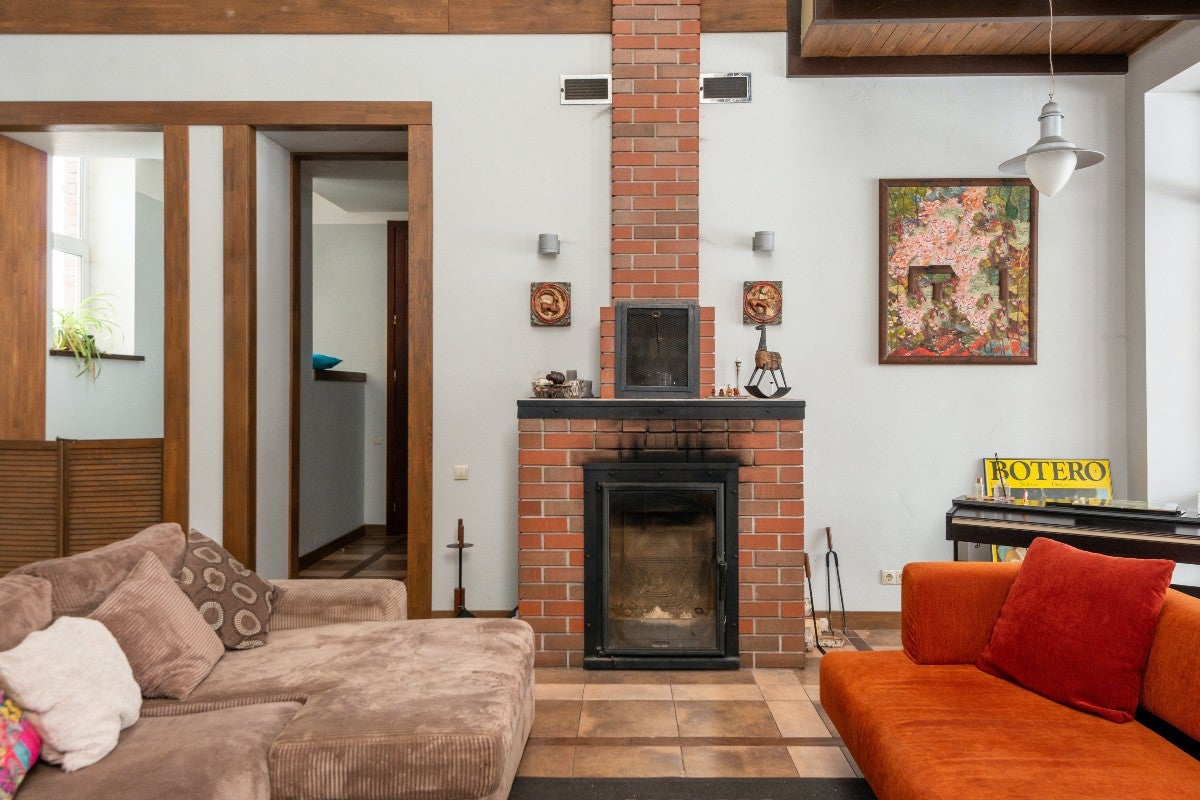
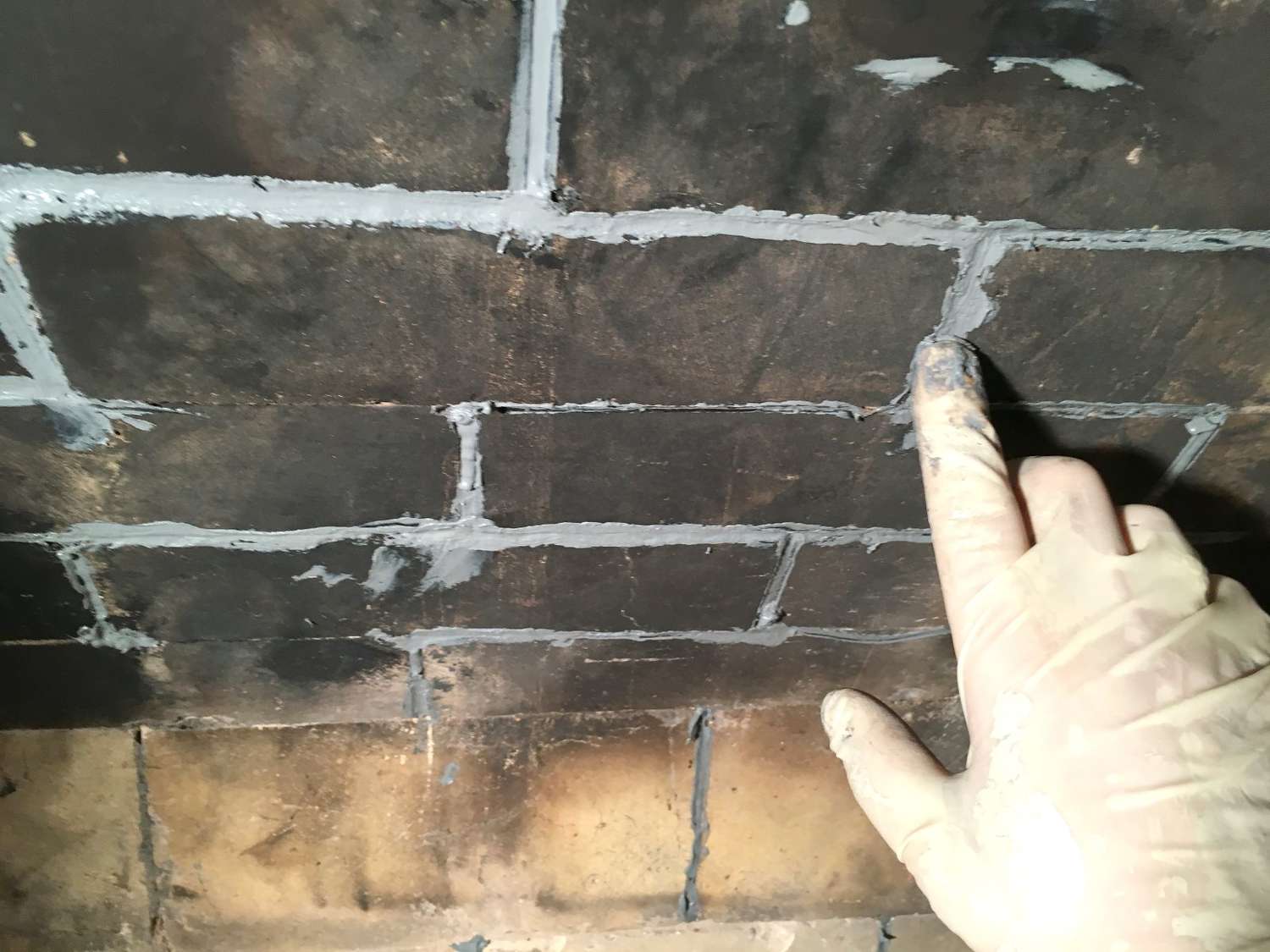
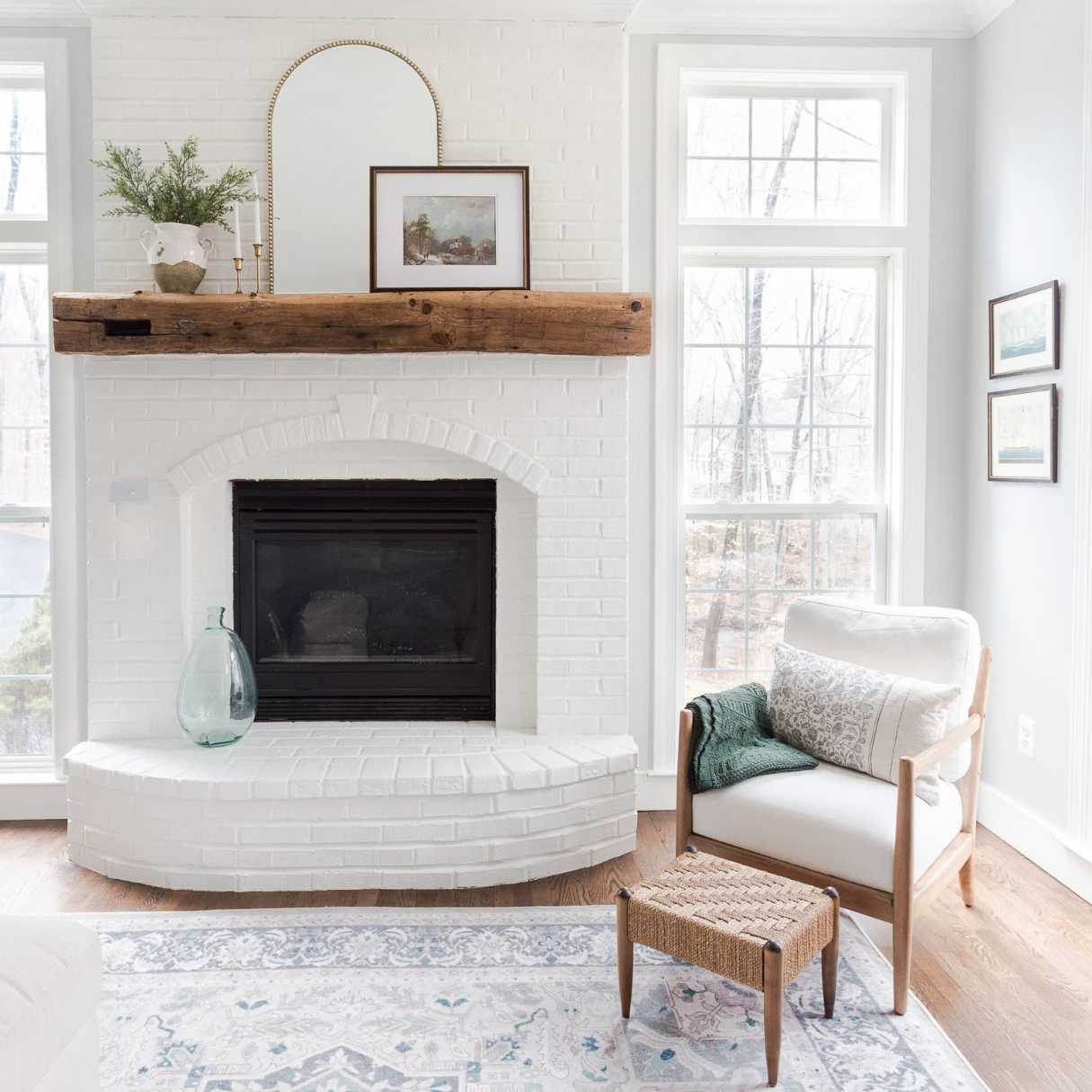



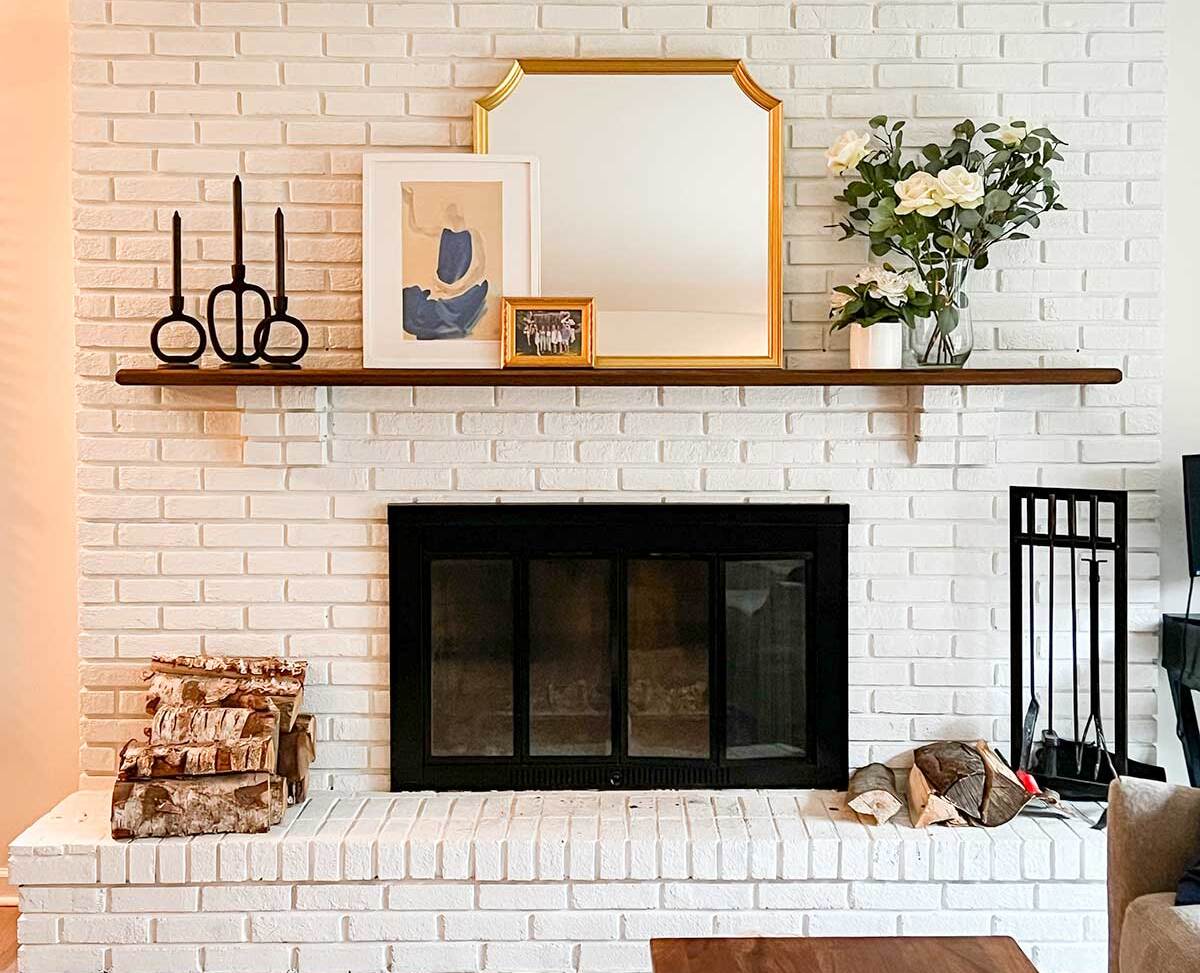
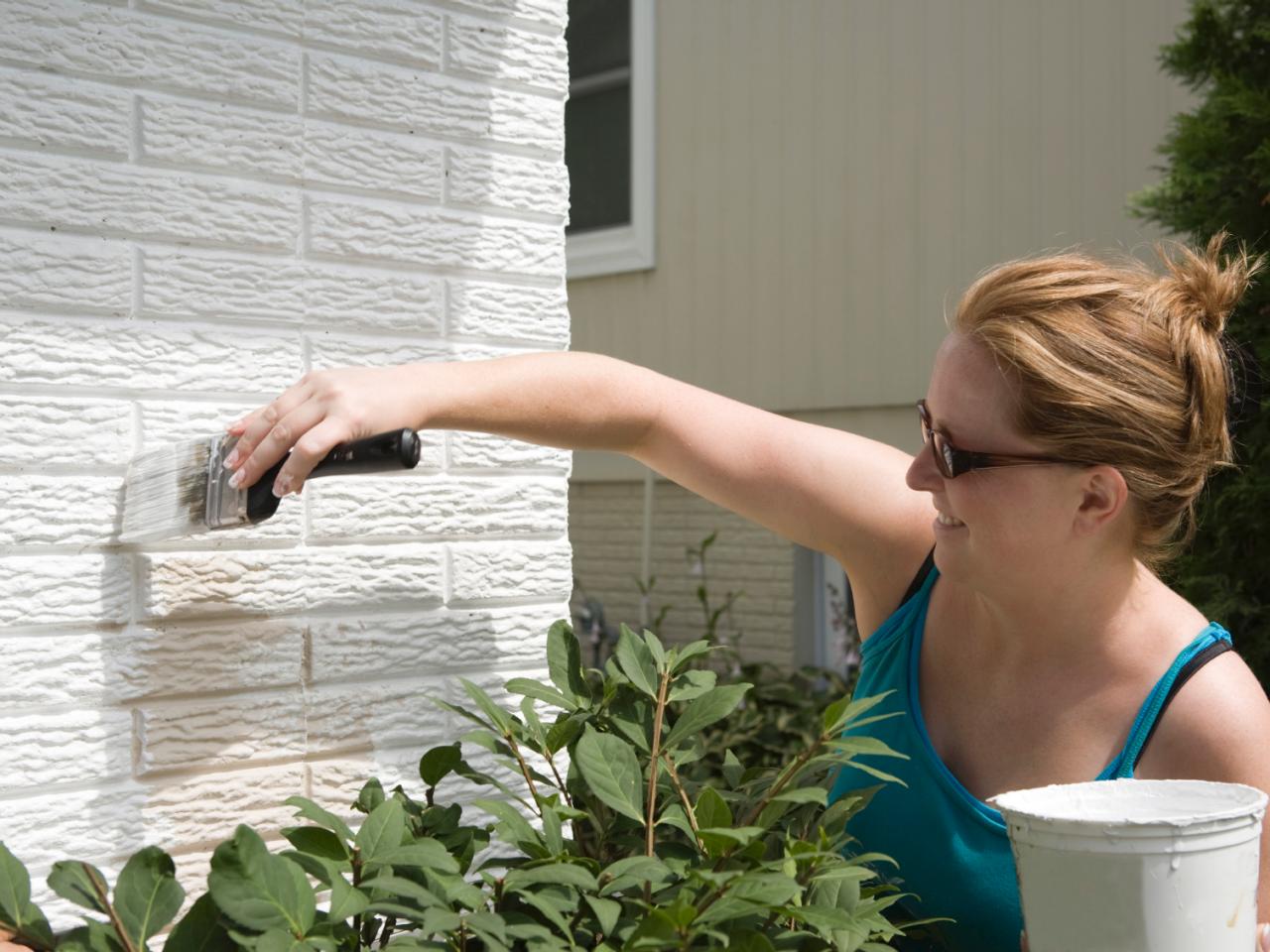
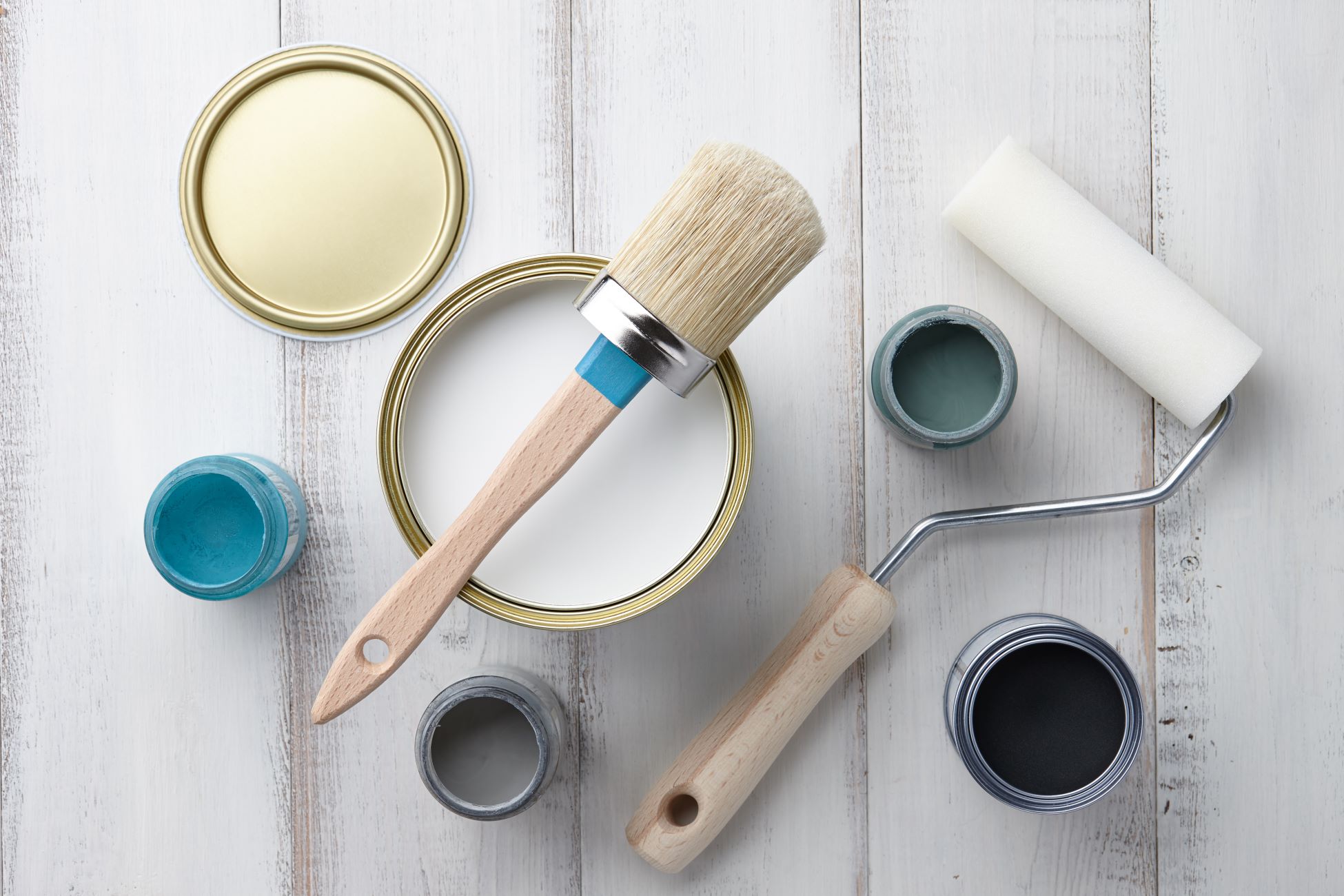
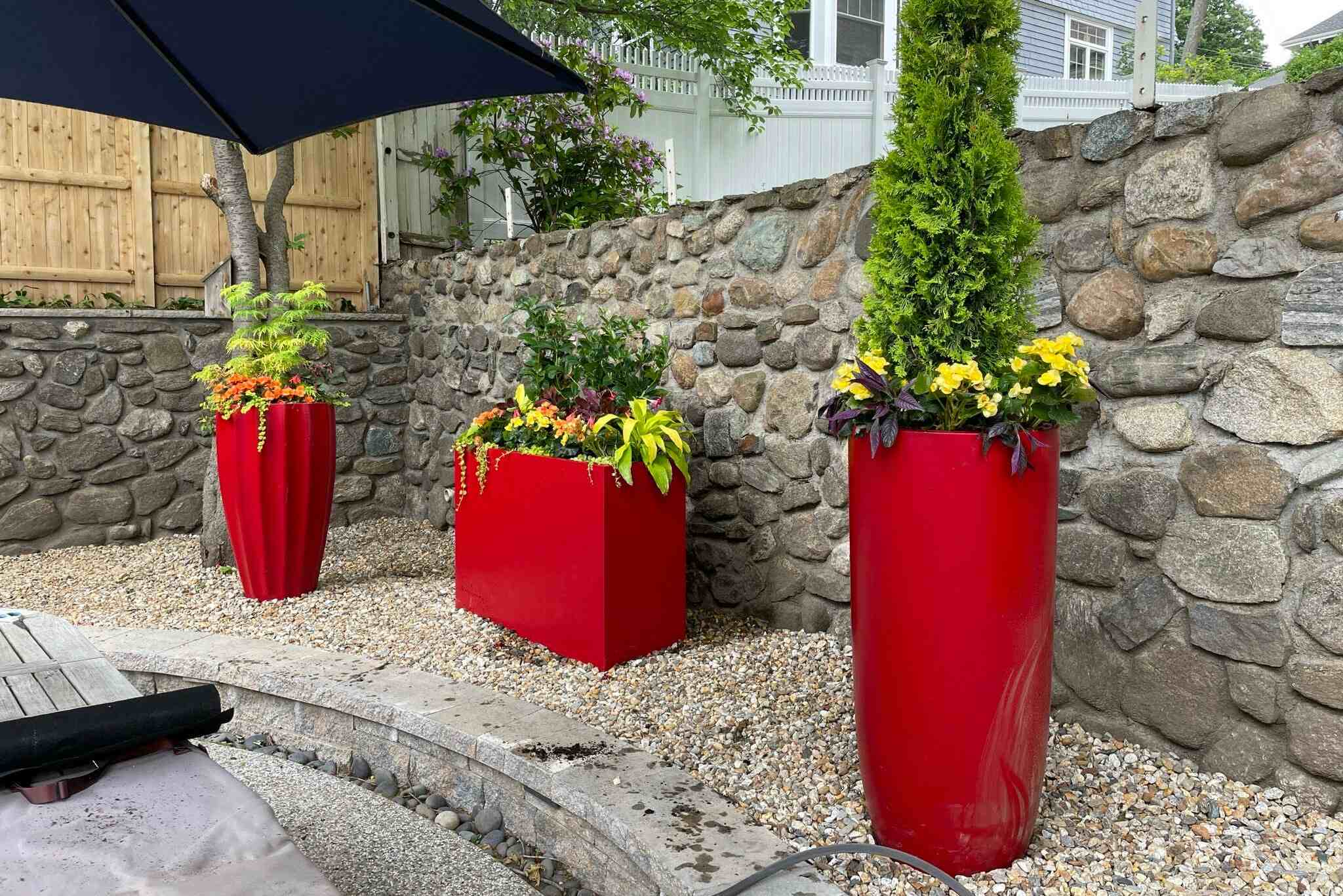
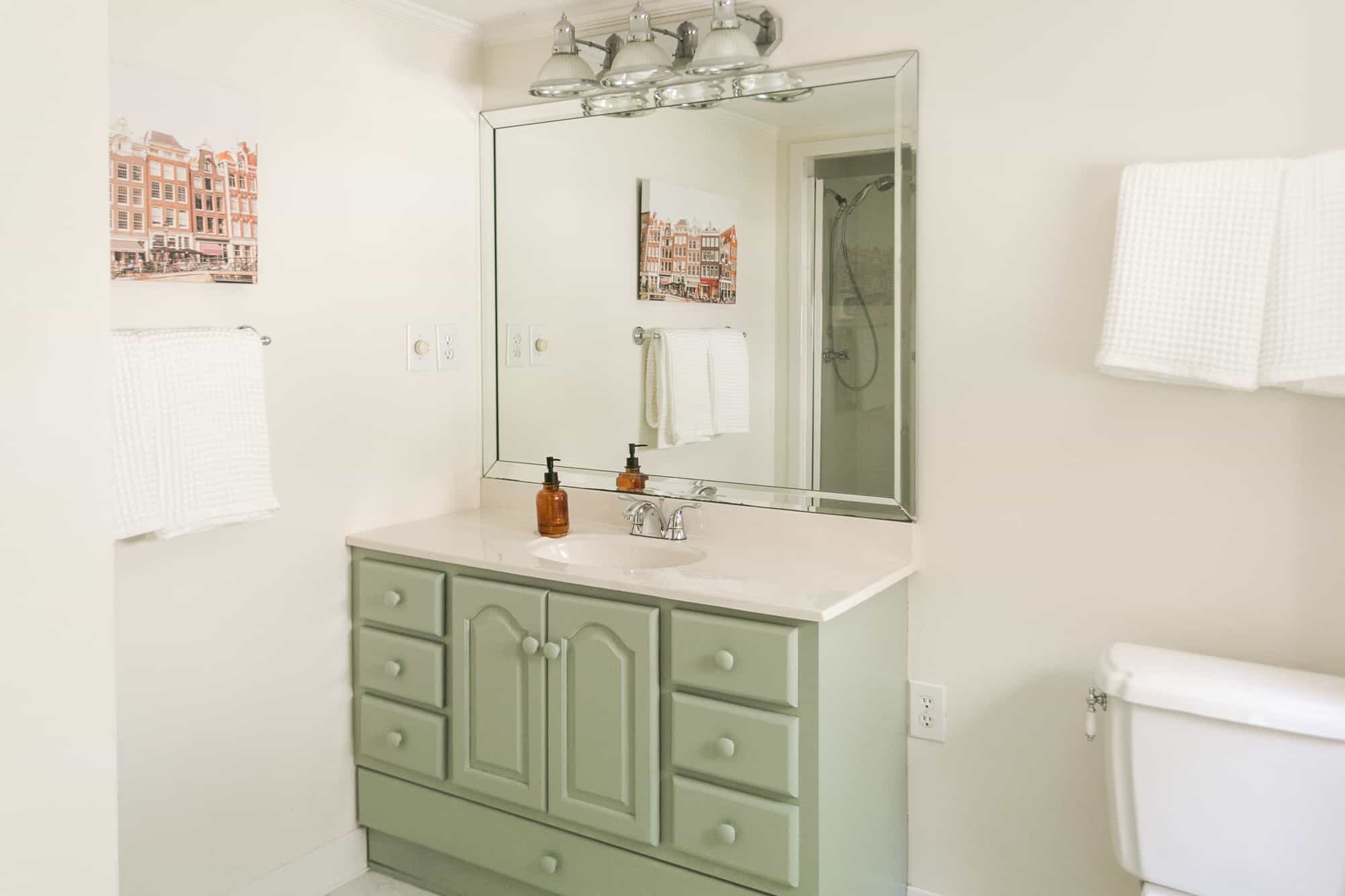
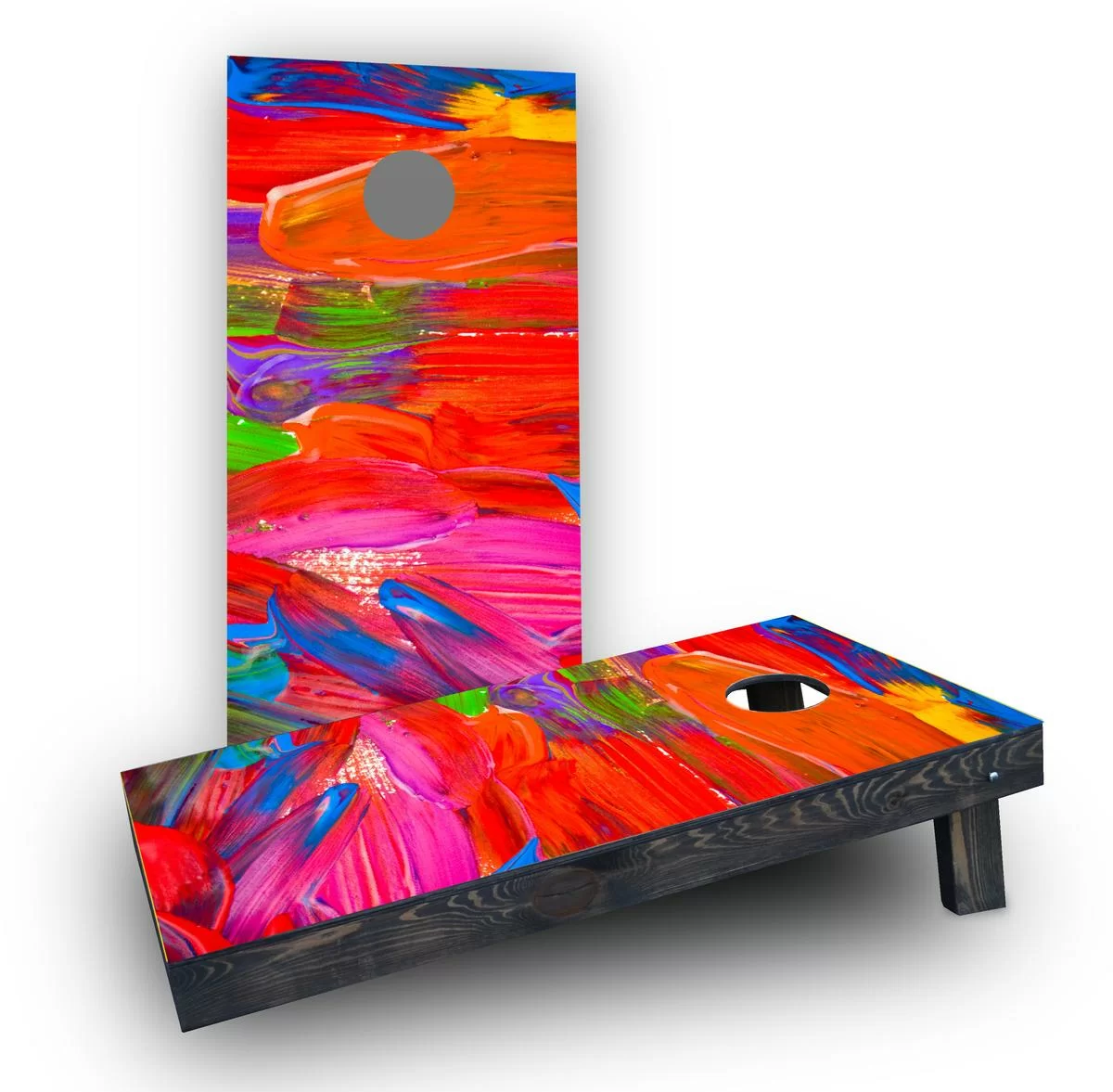
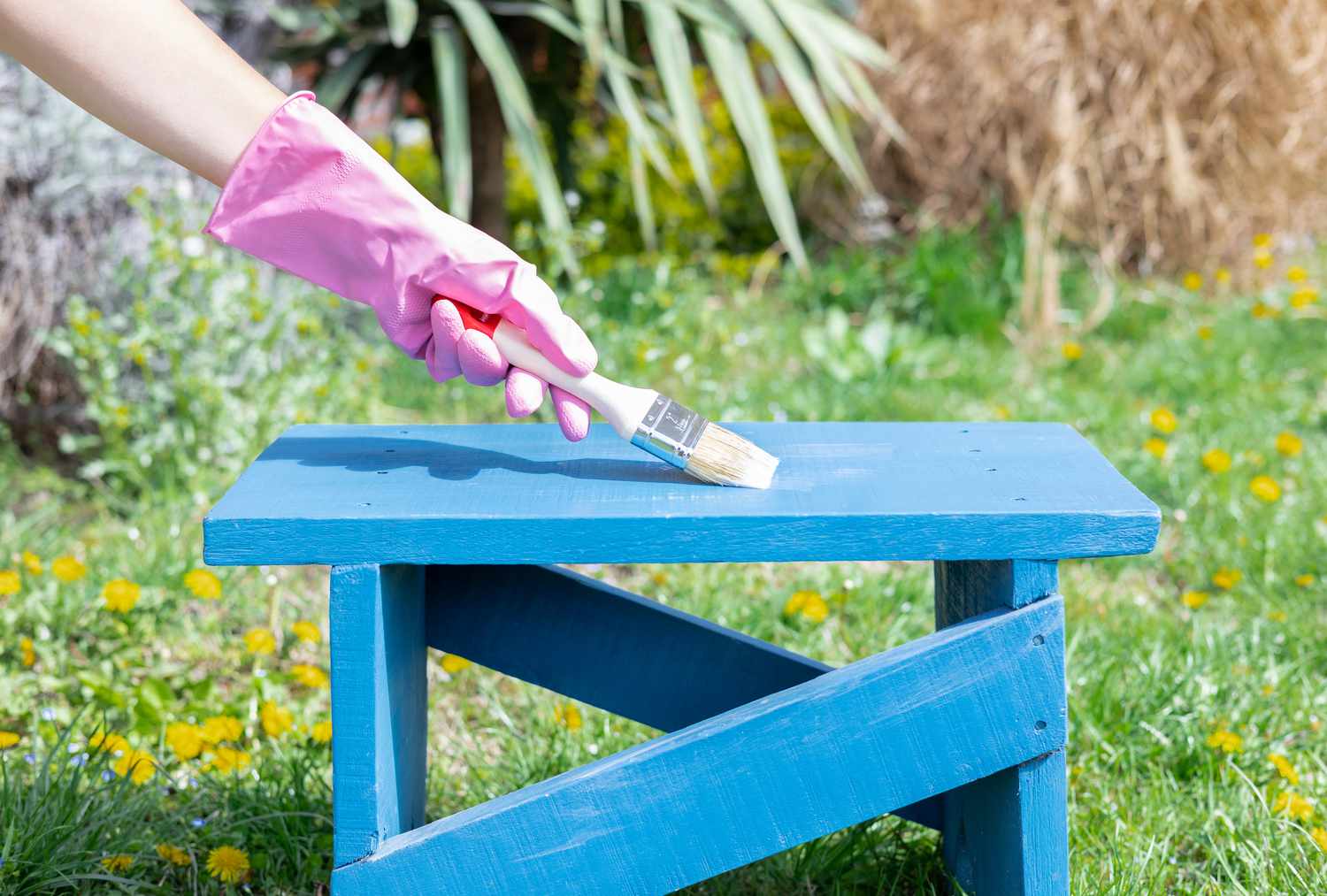
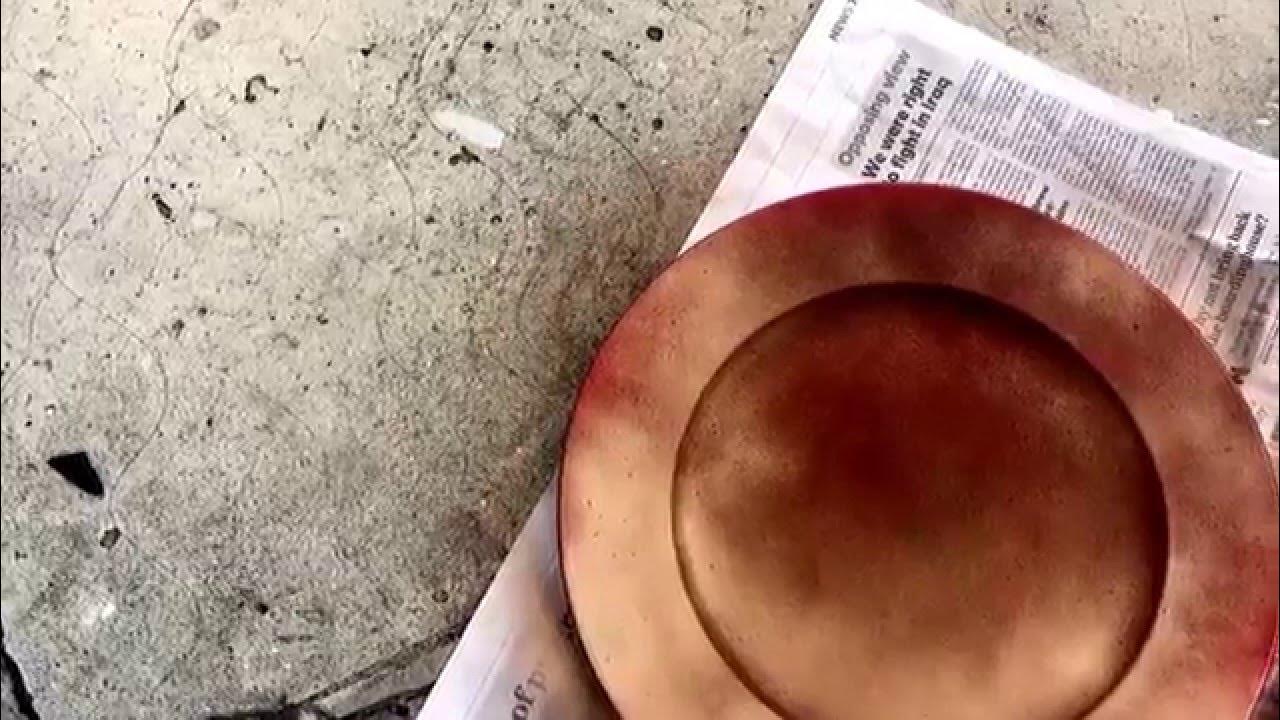

0 thoughts on “What Kind Of Paint To Use On Brick Fireplace”